Introduction
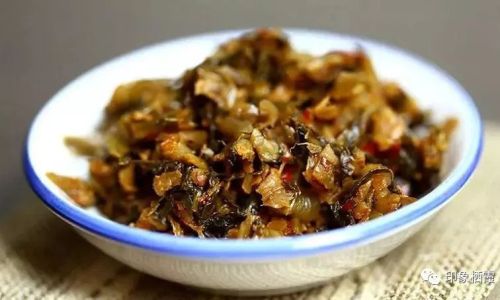
The art of pickling vegetables, fruits, and other edible items has been practiced for centuries across various cultures. This preservation technique not only extends the shelf life of food but also enhances its flavor, creating a tangy, sour, and often sweet delight that complements many meals. Pickles, whether made from cucumbers, cabbage, carrots, or other ingredients, undergo a fermentation process that involves lactic acid bacteria converting sugars into lactic acid. This natural process preserves the food while giving it its characteristic tang. However, one common concern among pickle enthusiasts is the discoloration of pickles over time, particularly when they turn yellow. This article delves into the reasons behind this phenomenon and addresses the question: Can pickles turned yellow over time still be consumed?
Understanding Pickle Fermentation
To understand why pickles might turn yellow, it’s crucial to first grasp the basics of fermentation. Pickling typically involves submerging the chosen vegetable or fruit in a brine solution, which often contains vinegar, salt, and sometimes spices or herbs for added flavor. The brine creates an anaerobic environment, meaning there is little to no oxygen present. This environment is ideal for lactic acid bacteria, which thrive and multiply, consuming sugars and producing lactic acid as a byproduct.
Lactic acid not only preserves the food by lowering its pH level, making it inhospitable to harmful bacteria, but it also contributes to the pickles’ tangy taste. The fermentation process can take anywhere from a few days to several weeks, depending on the desired level of sourness and the specific recipe used.
Factors Influencing Pickle Discoloration
Pickle discoloration, particularly yellowing, can be influenced by several factors, including the type of vegetable, the pickling method, storage conditions, and the presence of certain enzymes or compounds within the vegetable itself.
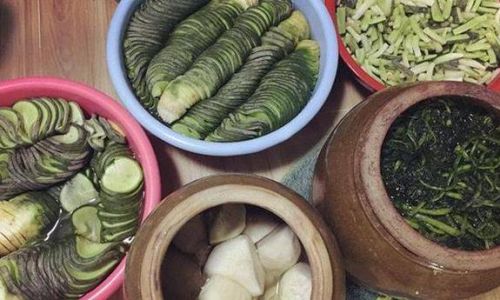
-
Natural Pigment Changes: Some vegetables, like cucumbers, naturally contain chlorophyll, which gives them their green color. Over time, especially during fermentation, chlorophyll can degrade, leading to a loss of green hue and a shift towards yellow or even brown tones. This is a natural process and doesn’t necessarily indicate spoilage.
-
Oxidation: Although pickling creates an anaerobic environment, exposure to oxygen during handling or improper sealing of jars can lead to oxidation. Oxidation can cause pigments to change, resulting in yellowing or other color alterations.
-
Enzymatic Browning: Some vegetables contain enzymes that, when exposed to oxygen or certain conditions, can cause browning or yellowing. This is a common issue in fruits and vegetables and is often mitigated by blanching before pickling, a process that involves briefly boiling the vegetables to deactivate these enzymes.
-
Microbial Activity: While lactic acid bacteria are beneficial for fermentation, other microorganisms can also be present. Some of these may produce pigments or cause chemical changes that lead to discoloration. However, in a well-managed fermentation process, these microorganisms are usually outcompeted by the lactic acid bacteria.
-
Storage Conditions: Temperature fluctuations, excessive light exposure, and improper sealing can all contribute to pickle discoloration. Warm temperatures can accelerate chemical reactions and microbial activity, while light can degrade pigments.
Assessing the Safety of Yellow Pickles
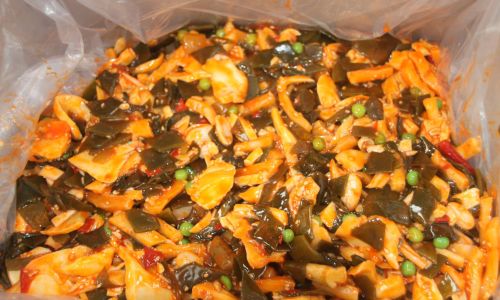
The primary concern when pickles turn yellow is whether they are still safe to eat. While discoloration can be a natural part of the aging process, it’s important to distinguish between harmless changes and signs of spoilage.
-
Visual Inspection: Examine the pickles closely. Yellowing alone is not a definitive sign of spoilage. Look for other indicators such as mold growth, sliminess, or an off-putting odor. If these are present, discard the pickles immediately.
-
Smell and Taste: A properly fermented pickle should have a sour, tangy aroma and flavor. If the pickle smells rotten, musty, or has an unpleasant odor, it’s best not to consume it. Similarly, if the taste is off, it’s a sign that the pickles have gone bad.
-
Texture: Pickles should maintain a firm, crisp texture. If they feel mushy, slimy, or overly soft, this could indicate spoilage due to excessive microbial activity or improper storage.
-
Brine Appearance: The brine should be clear or slightly cloudy, depending on the ingredients used. If it’s very cloudy, has sediment at the bottom, or smells unpleasant, it’s a red flag.
-
Duration of Storage: While pickles can last for months or even years if stored properly, the longer they are kept, the more likely they are to undergo changes in color and texture. If in doubt, err on the side of caution and discard older pickles.
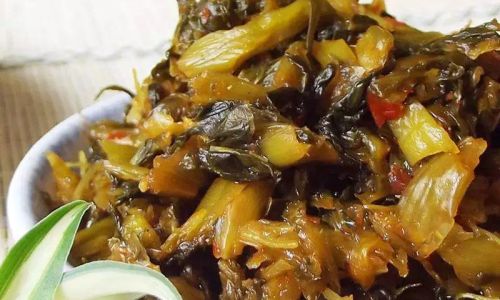
Preventing Pickle Discoloration
While some degree of discoloration is inevitable over time, there are steps you can take to minimize it and ensure your pickles retain their desired appearance and quality:
-
Use Fresh Ingredients: Start with fresh, high-quality vegetables that are free from bruises or blemishes.
-
Proper Blanching: Blanch vegetables before pickling to deactivate enzymes that cause browning.
-
Clean and Sterilize Jars: Ensure your jars and lids are clean and sterile to prevent contamination.
-
Use a Good Recipe: Follow a well-tested recipe that balances acidity, salt content, and fermentation time.
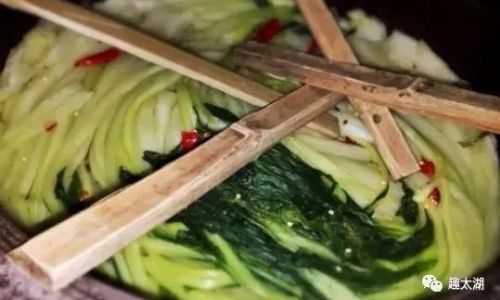
-
Store Correctly: Keep pickles in a cool, dark place away from direct sunlight and temperature fluctuations.
-
Check Regularly: Monitor your pickles periodically for signs of spoilage.
Conclusion
In summary, yellowing in pickles can be a natural part of the aging and fermentation process. While it doesn’t necessarily indicate spoilage, it’s important to assess the pickles’ overall condition, including their smell, taste, texture, and the appearance of the brine, before consuming them. By following best practices for pickling and storage, you can minimize discoloration and enjoy your homemade pickles for longer. Remember, when in doubt, throw it out – your health and safety are paramount. With proper care and attention, you can enjoy delicious, tangy pickles that retain their color, texture, and flavor for months or even years.
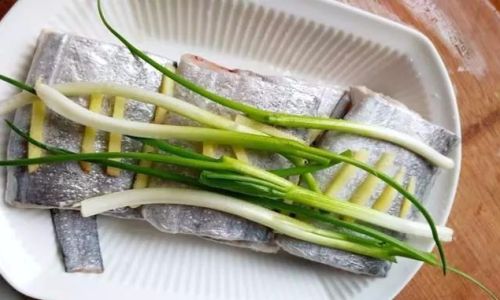
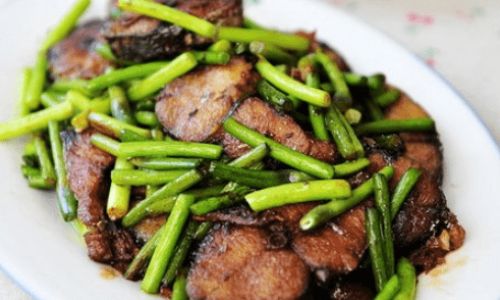
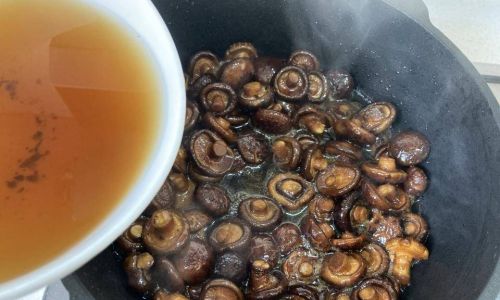
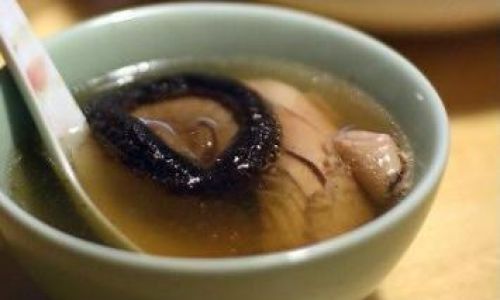
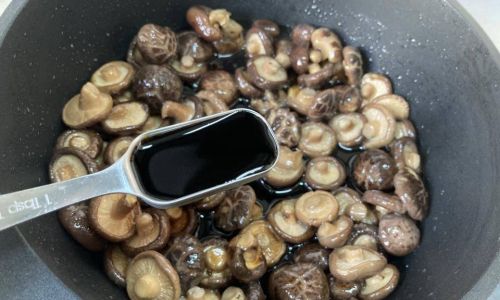
0 comments